Exhibition dates: 19th November 2010 – 10th April 2011
Gene Pelham (American, 1909-2004)
Photograph for The Tattoo Artist
1944
Study for The Saturday Evening Post, March 4, 1944
11 1/4 x 8 3/4 in
Norman Rockwell Museum Archival Collections
Norman Rockwell Licensing, Niles, Illinois
The first and last photographs (precursor to Avedon’s white background photographs) are a knockout – and then just look what Rockwell does with them!
The background of traditional tattoo ‘flash’ behind The Tattoo Artist (1944, below) is inspired, as is the humour in the crossing out of the names. The book of the English painter Augustus John nonchalantly placed on the counter in the photographic studies for Soda Jerk (1953) is delicious. Just fantastic to see some of the preparatory work behind the paintings.
Dr Marcus Bunyan
.
Many thankx to the Brooklyn Museum for allowing me to publish the artwork and text in the posting. Please click on the photographs for a larger version of the image.
Gene Pelham (American, 1909-2004)
Photograph for The Tattoo Artist
1944
Study for The Saturday Evening Post, March 4, 1944
11 1/4 x 8 3/4 in
Norman Rockwell Museum Archival Collections
Norman Rockwell Licensing, Niles, Illinois
Norman Rockwell (American, 1894-1978)
The Tattoo Artist
1944
Cover illustration for The Saturday Evening Post, March 4, 1944
Oil on canvas
43 x 33 in
Collection of the Brooklyn Museum
Gift of the artist
© 1944
SEPS: Curtis Publishing, Indianapolis
Gene Pelham (American, 1909-2004)
Photograph for Going and Coming
1947
Study for The Saturday Evening Post, August 30, 1947
11 1/4 x 15 5/8 in
Norman Rockwell Museum Archival Collections
Norman Rockwell Licensing, Niles, Illinois
Norman Rockwell (American, 1894-1978)
Going and Coming
1947
Tear sheet, The Saturday Evening Post, August 30, 1947
13 5/8 x 10 5/8 in
Norman Rockwell Museum Archival Collection
© 1947
SEPS: Curtis Publishing, Indianapolis
Norman Rockwell (American, 1894-1978)
Photographs for The Problem We All Live With
1964
Study for Look, January 14, 1964
Norman Rockwell Museum Archival Collections
Norman Rockwell Licensing, Niles, Illinois
To create many of his iconic, quintessentially American paintings, most of which served as magazine covers, norman rockwell worked from carefully staged study photographs that are on view for the first time, alongside his paintings, drawings, and related tear sheets, in Norman Rockwell: Behind the Camera. The exhibition, which will be on view at the Brooklyn Museum from November 19, 2010, through April 10, 2011, was organised by the norman rockwell Museum in Stockbridge, Massachusetts, following a two-year project that preserved and digitised almost 20,000 negatives.
Beginning in the late 1930s, norman rockwell (1894-1978) adopted photography as a tool to bring his illustration ideas to life in studio sessions. Working as a director, he carefully staged his photographs, selecting props, locations, and models and orchestrating every detail. He began by collecting authentic props and costumes, and what he did not have readily available he purchased, borrowed, or rented – from a dime-store hairbrush or coffee cup to a roomful of chairs and tables from a New York City Automat. He created numerous photographs for each new subject, sometimes capturing complete compositions and, in other instances, combining separate pictures of individual elements. Over the forty years that he used photographs as his painting guide, he worked with many skilled photographers, particularly Gene Pelham, Bill Scovill, and Louis Lamone.
Early in his career Norman Rockwell used professional models, but he eventually found that this method inhibited his evolving naturalistic style. When he turned to photography, he turned to friends and neighbours instead of professional models to create his many detailed study photographs, which he found liberating. Working from black-and-white study photographs also allowed Rockwell more freedom in developing his final work. “If a model has worn a red sweater, I have painted it red – I couldn’t possibly make it green… But when working with photographs I seem able to recompose in many ways: as to form, tone, and color,” Rockwell once commented.
Included in the exhibition will be more than one hundred framed digital prints alongside paintings, drawings, magazine tear sheets, photographic equipment, and archival letters, as well as an introductory film. Among the paintings on view will be the Brooklyn Museum’s painting The Tattoo Artist – one of many that Rockwell created during World War II – depicting a young sailor stoically having his arm tattooed, shown alongside working photographs by Gene Pelham, and the watercolour Dugout, also from the Museum’s collection, portraying the Chicago Cubs baseball team being jeered by fans of the Boston Braves. This work will be displayed along with the September 4, 1948, Saturday Evening Post cover on which it appeared and study photographs by Gene Pelham.
Among the magazine covers included in the exhibition are several from The Saturday Evening Post, for which Rockwell worked for nearly fifty years before turning his attentions to more socially relevant subjects for Look magazine, with which he had a decade-long relationship. Included is The Art Critic, showing an aspiring artist scrutinising paintings in a gallery, which appeared in the April 16, 1955, issue. The exhibition also includes several series of photographs and the final paintings and magazine tear sheets, among them the July 13, 1946, Saturday Evening Post illustration Maternity Waiting Room, shown along with a series of images by an unidentified photographer that served as details of the final work, which portrays ten anxious soon-to-be fathers.
Norman Rockwell became one of the most famous illustrators of his generation through his naturalistic, narrative paintings done in a readily recognisable style, which appeared in national magazines that reached millions of readers. Born in 1894 on Manhattan’s Upper West Side, he left high school to study at the National Academy of Design and later the Art Students League of New York. By the age of eighteen he was already a published artist specialising in children’s illustration and had become a regular contributor to magazines such as Boys’ Life, the monthly magazine of the Boy Scouts of America, where he was soon named art director. In 1916 he painted his first cover for The Saturday Evening Post, beginning a forty-seven-year relationship that resulted in 323 covers and was the centerpiece of his career.
Early in his career Rockwell had a studio in New Rochelle, New York. He later moved with his wife and three sons to Arlington, Vermont, where many of his family and neighbours served as models in working photographs for his illustrations, which began to focus on small-town American life. In 1943 a fire destroyed his Vermont studio, along with numerous paintings and many of the photographic studies. A decade later the family relocated to Stockbridge, Massachusetts. In 1963 he severed his forty-seven-year association with The Saturday Evening Post and began to work for Look magazine, where, during his ten-year association, he produced work that reflected his personal concerns, including civil rights, America’s war on poverty, and space exploration.
Press release from the Brooklyn Museum website
Norman Rockwell (American, 1894-1978)
New Kids in the Neighborhood
1967
Tear sheet, Look, May 16, 1967
13 x 20 1/2 in
Norman Rockwell Museum Archival Collections
Norman Rockwell Licensing, Niles, Illinois
Gene Pelham (American, 1909-2004)
Photograph for Shuffleton’s Barbershop
1950
Study for The Saturday Evening Post, April 29, 1950
11 5/16 x 7 15/16 in
Norman Rockwell Museum Archival Collections
Norman Rockwell Licensing, Niles, Illinois
Norman Rockwell (American, 1894-1978)
Shuffleton’s Barbershop
1950
Cover Illustration for The Saturday Evening Post, April 29, 1950
Oil on canvas
45 3/4 x 42 1/2 in
Collection of the Berkshire Museum, Pittsfield, MA
©1950
SEPS: Curtis Publishing, Indianapolis
Gene Pelham (American, 1909-2004)
Photograph for Soda Jerk
1953
Study for The Saturday Evening Post, August 22, 1953
9 1/2 x 7 9/16 in
Norman Rockwell Museum Archival Collections
Norman Rockwell Licensing, Niles, Illinois
Gene Pelham (American, 1909-2004)
Photograph for Soda Jerk
1953
Study for The Saturday Evening Post, August 22, 1953
9 1/2 x 7 9/16 in
Norman Rockwell Museum Archival Collections
Norman Rockwell Licensing, Niles, Illinois
Norman Rockwell (American, 1894-1978)
Soda Jerk
1953
Tear sheet, The Saturday Evening Post, August 22, 1953
13 5/8 x 10 5/8
in
Norman Rockwell Museum Archival Collections
© 1953
SEPS: Curtis Publishing, Indianapolis
Norman Rockwell (American, 1894-1978)
The Dugout
1948
Cover illustration for The Saturday Evening Post, September 4, 1948
Transparent and opaque watercolor over graphite on two sheets of conjoined cream, moderately thick, moderately textured wove paper
19 x 17 13/16 in
Collection of the Brooklyn Museum
Gift of Kenneth Stuart
© 1948
SEPS: Licensed by Curtis Publishing, Indianapolis
Gene Pelham (American, 1909-2004)
Photograph for The Dugout
1948
Study for The Saturday Evening Post, September 4, 1948
Norman Rockwell Art Collection Trust
Licensed by Norman Rockwell Licensing, Niles, Illinois
Brooklyn Museum
200 Eastern Parkway
Brooklyn
New York 11238-6052
Opening hours:
Wednesday – Sunday 11am – 6pm

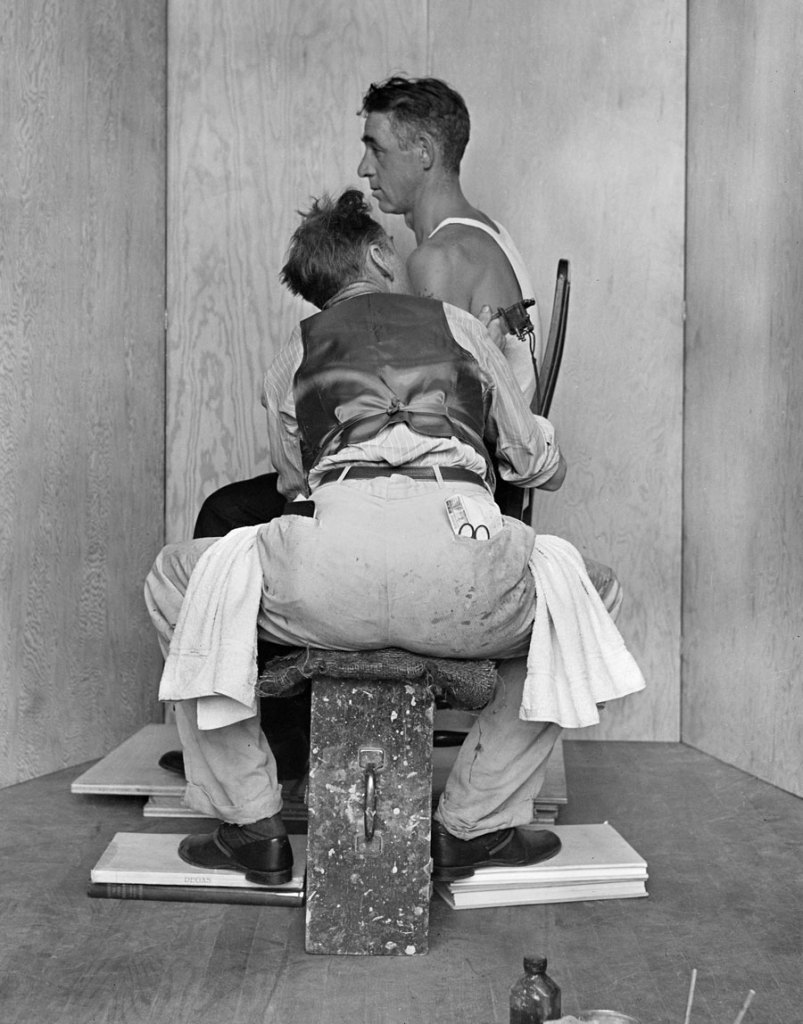
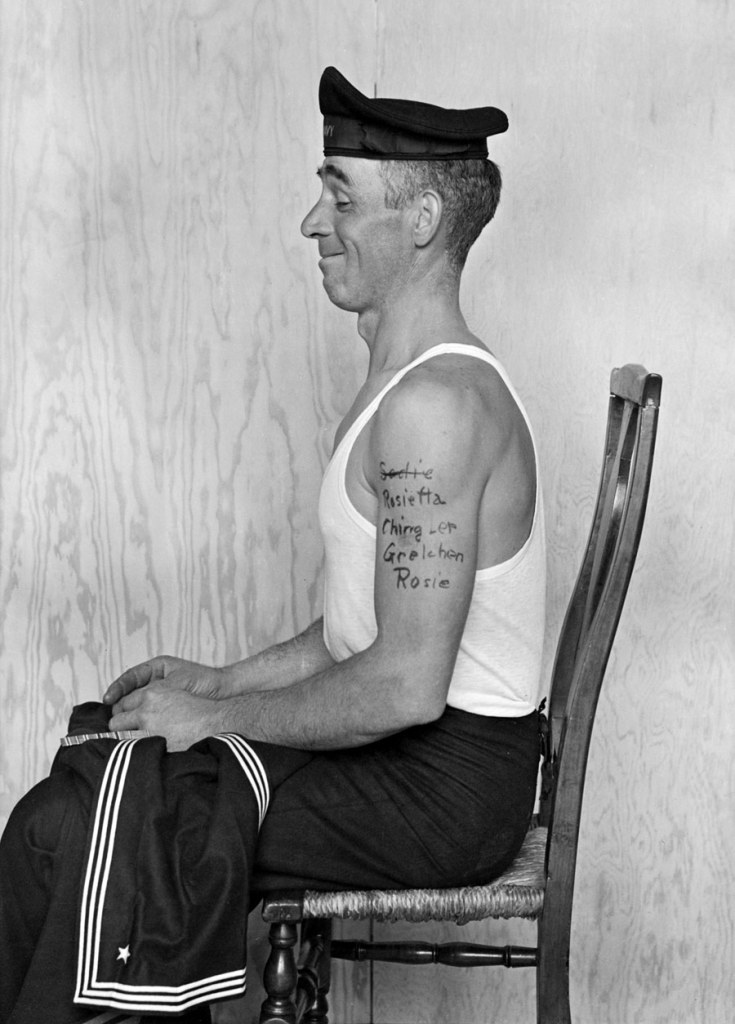
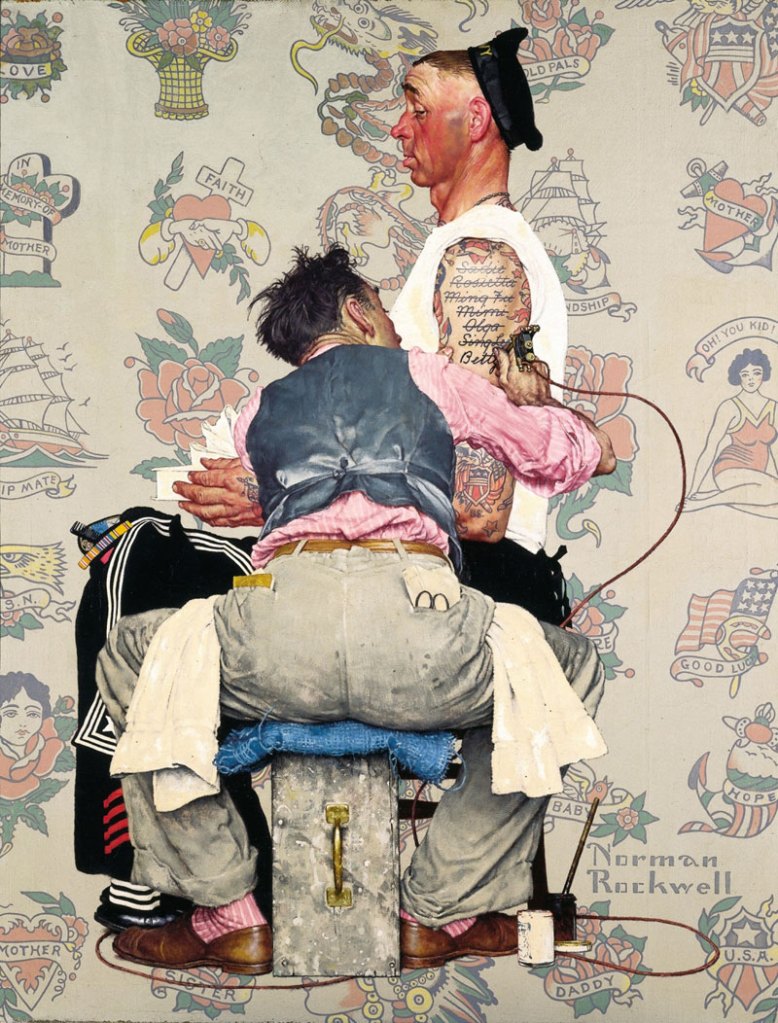
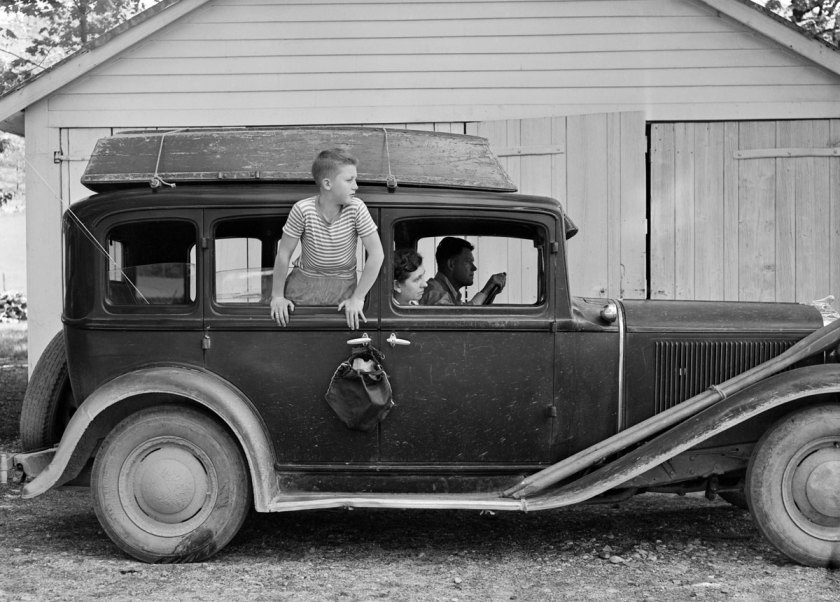
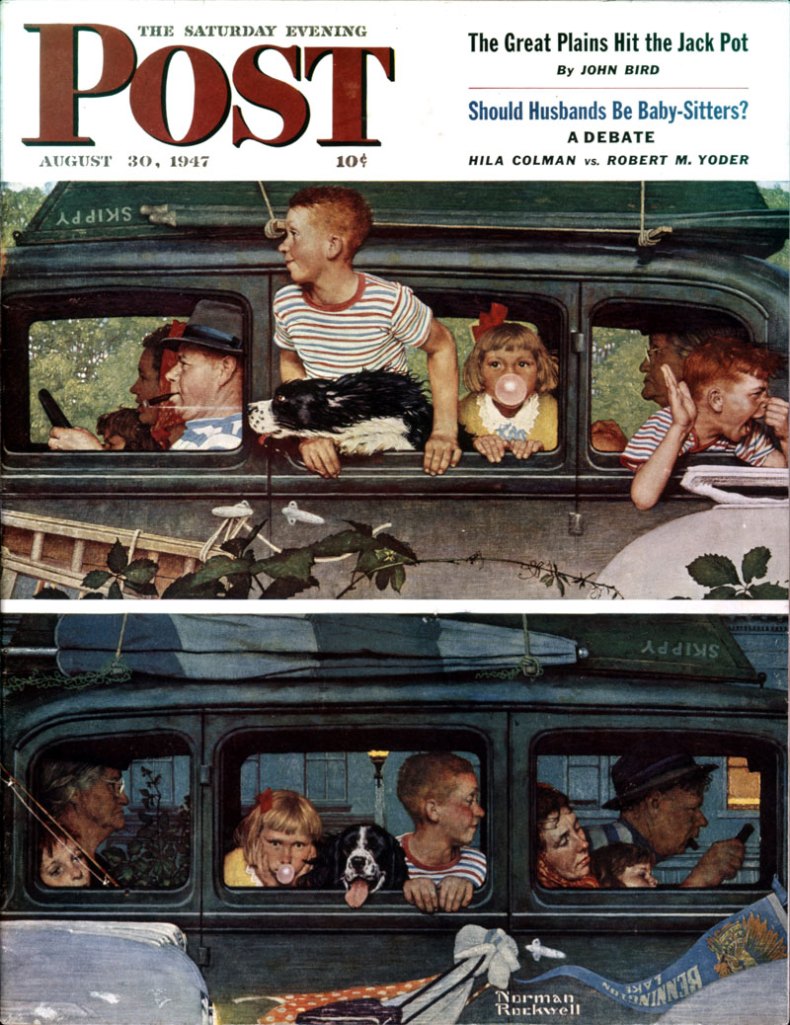
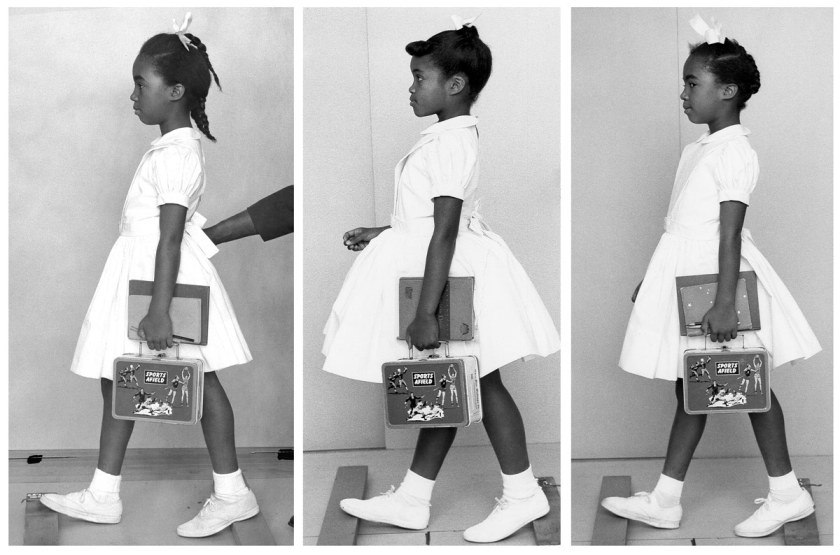
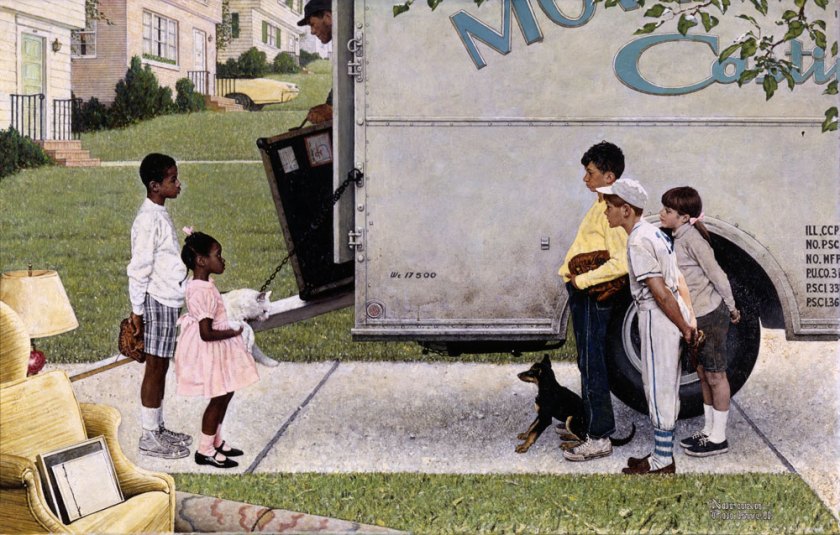
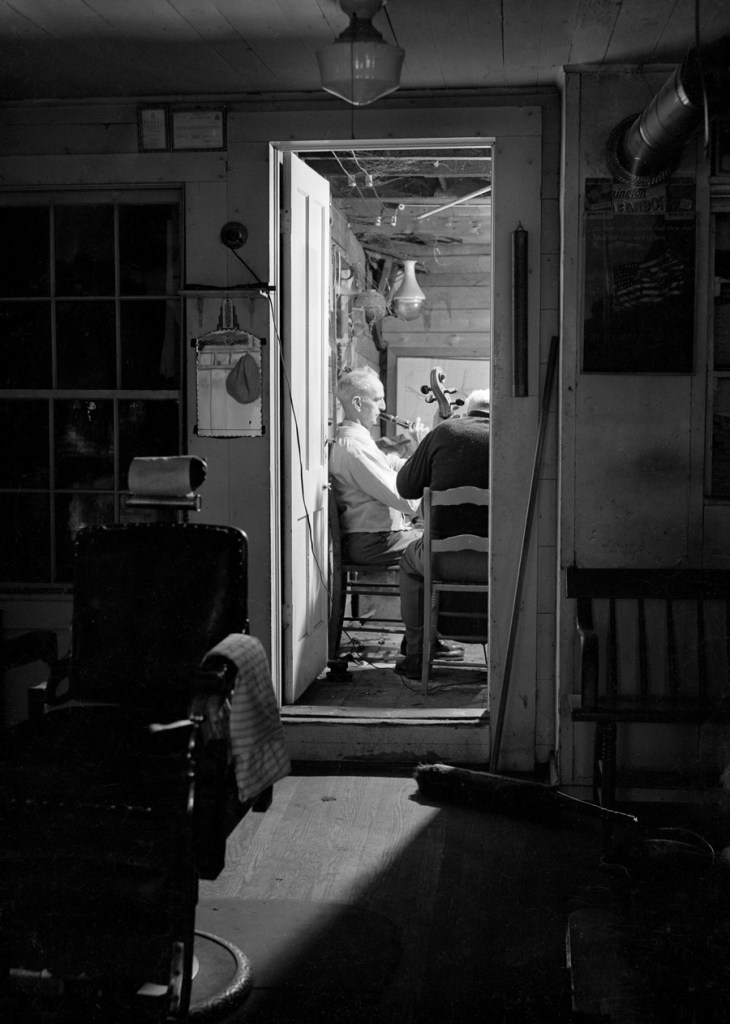
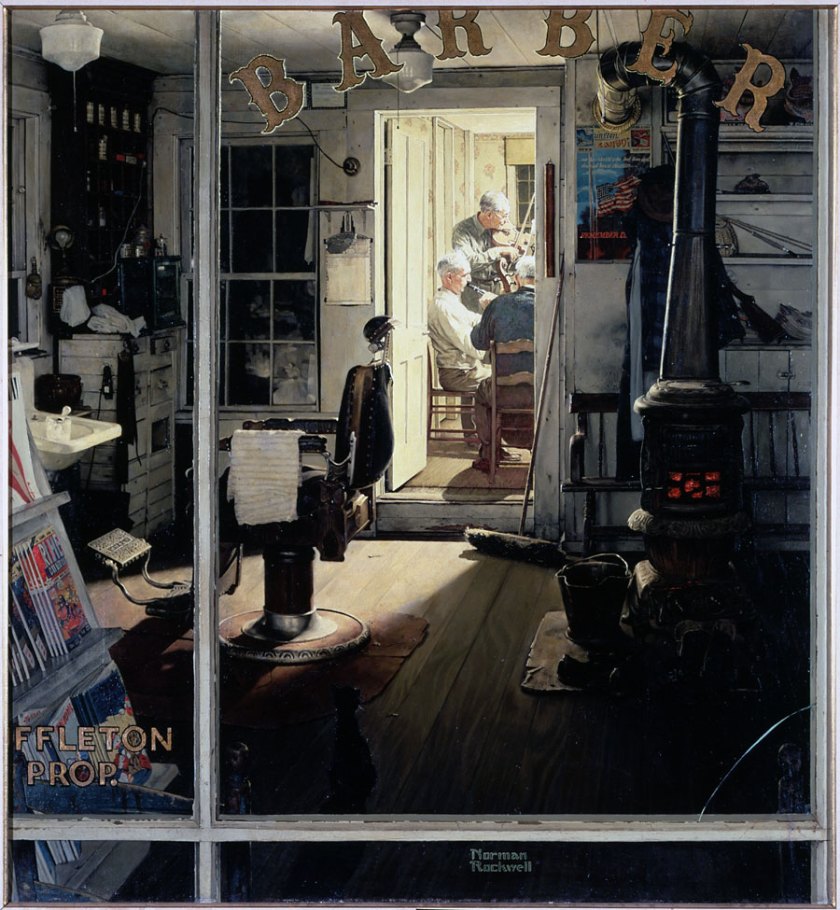

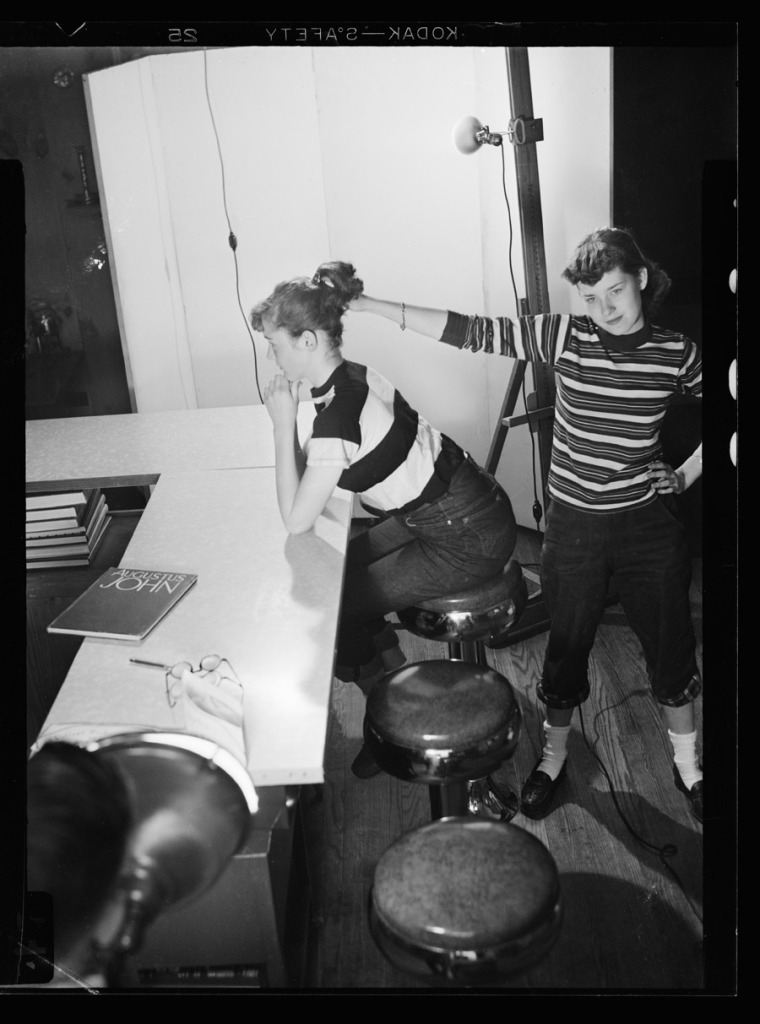

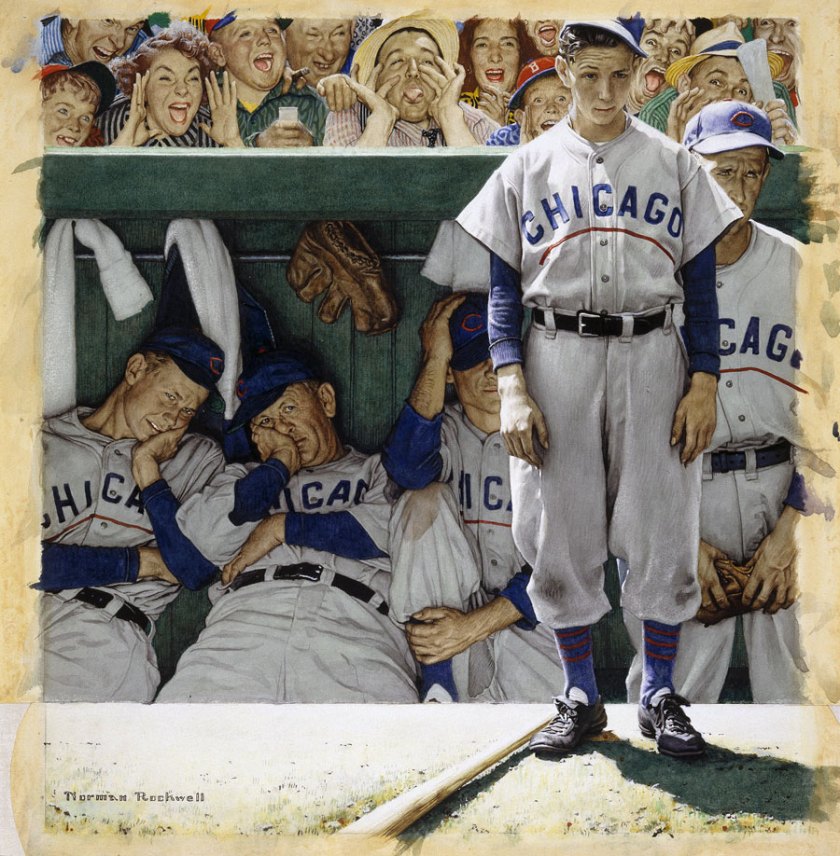
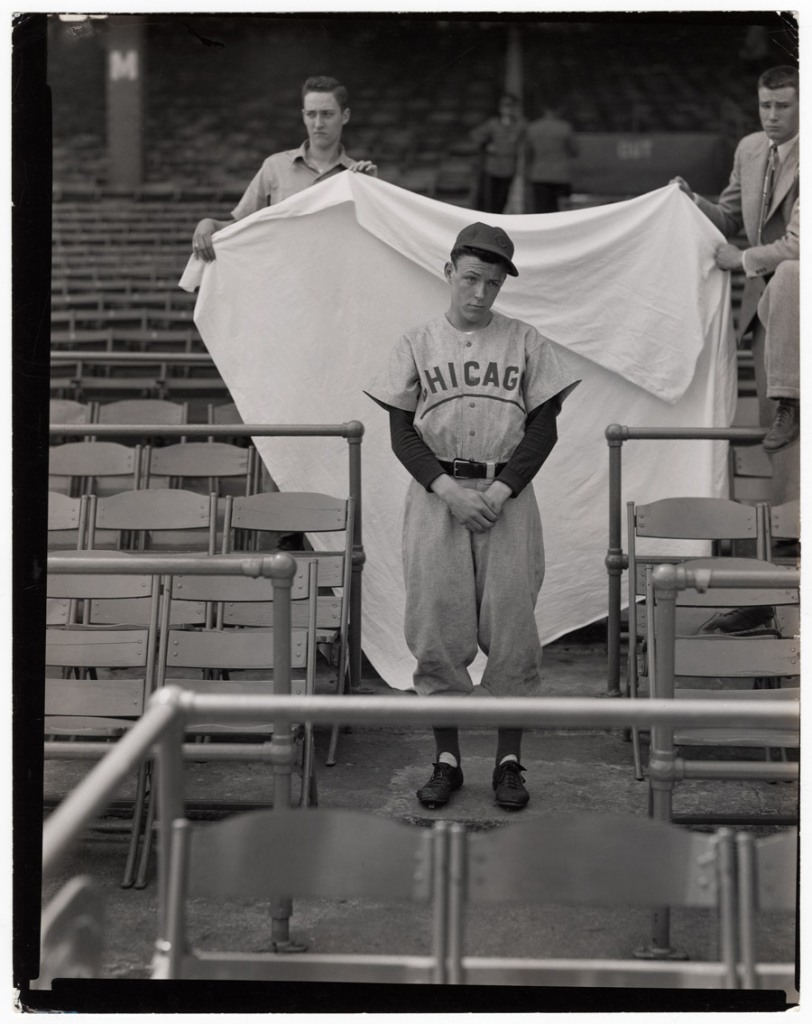




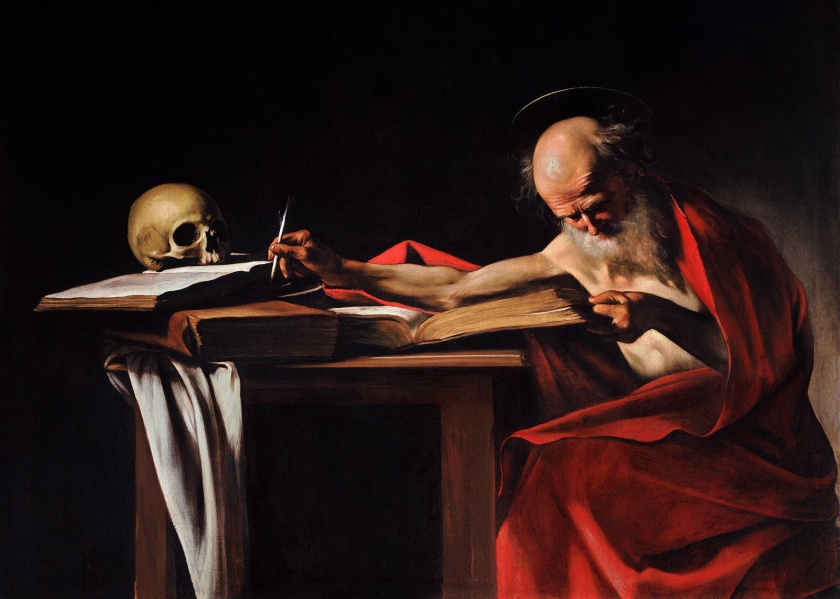




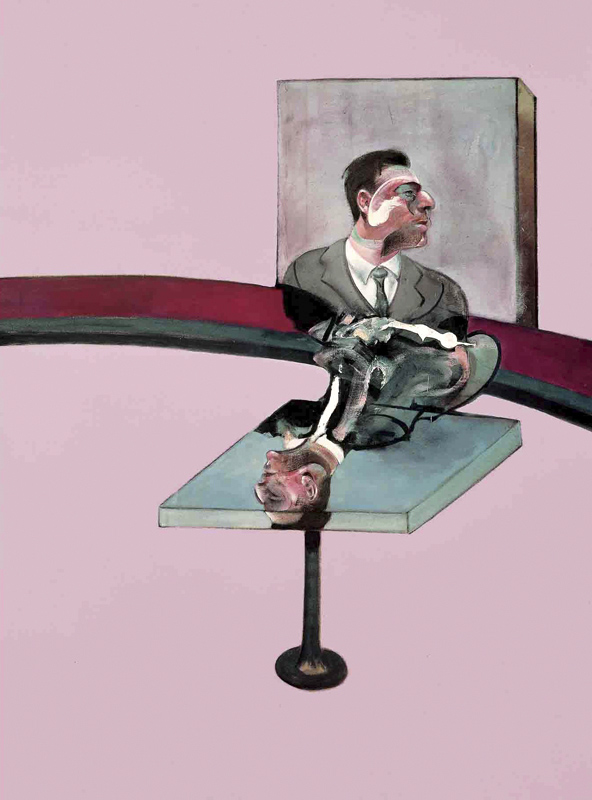








You must be logged in to post a comment.